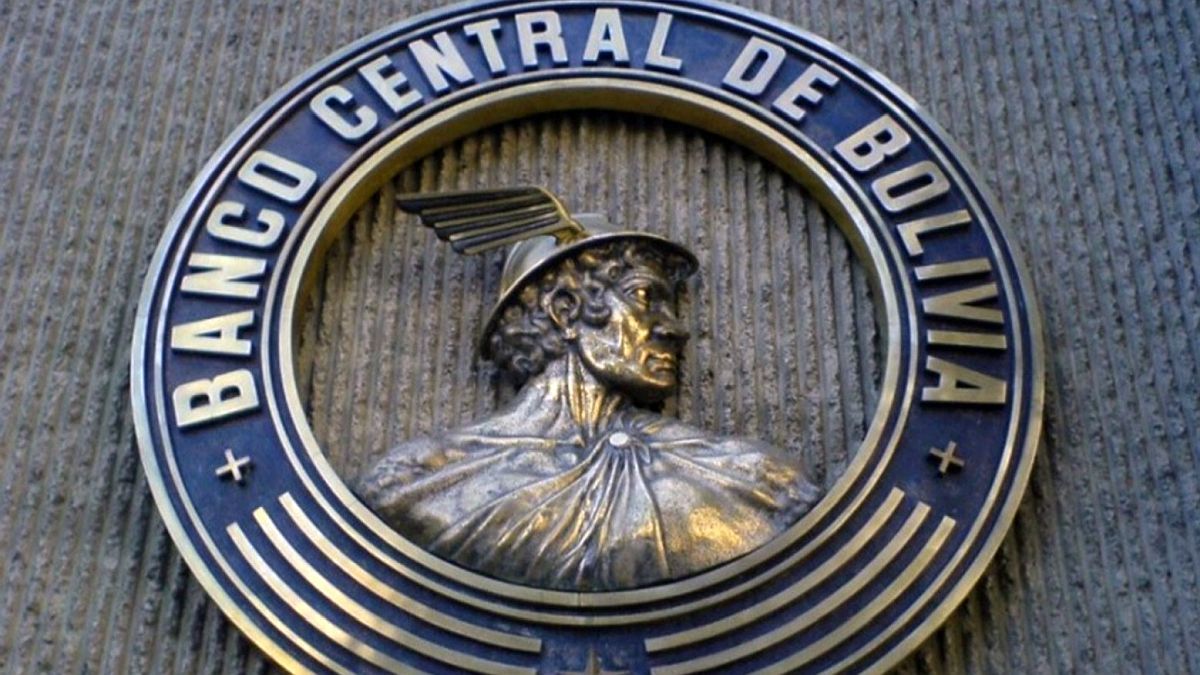In the 1990s, the Bolivian financial system was dollarized, but today 87% of loans are in local currency.
In the 1990s, the Bolivian economy, and mainly the financial system, was fully dollarized. But, according to Rolando Sergio Colque Soldiermain adviser to the Central Bank of Bolivia (BCB), the country managed to reverse that dollarization process and advanced in a process of what I call the “Bolivianization” of its economy.
The content you want to access is exclusive to subscribers.
For those years, The financial system was almost entirely dollarized, but today 87% of loans are in local currency. “We have built a strong currency,” highlighted the Bolivian, within the framework of the 2023 Monetary and Banking Days, held by the Central Bank of the Argentine Republic (BCRA).


“We work on the remonetization of the economy“, he affirmed. And he highlighted the fact that all transactions in his country are carried out in local currency, unlike what happens in Argentina, where bi-monetary is the norm. In this sense, he explained, for example, that “if Although the properties are quoted in dollars, they are traded in local currency”.
The Bolivian monetary strategy
On the other hand, he emphasized that Bolivia has inflation levels of around 3% per year and explained that the Bolivian economy is small and the nominal anchor for prices is the monetary aggregate. “We managed to reduce unemployment from 10% to 3% thanks to monetary and fiscal coordination policies“, emphasized Colque Soldado.
The monetary regulator of that neighboring country establishes liquidity goals for the financial system with the aim of achieving price stability and even they have not gone towards the inflation targeting system, like most governments in the region. Likewise, he explained that the BCB has the role of maintaining the purchasing power of the currency and is a means for economic and social development.
And he emphasized the importance of these roles in a context in which the levels of uncertainty left by the pandemic and the war between Russia and Ukraine have not yet been reduced and monetary adjustments are required by central banks, as a consequence of a rise inflation up to double digits in many cases.
Source: Ambito




